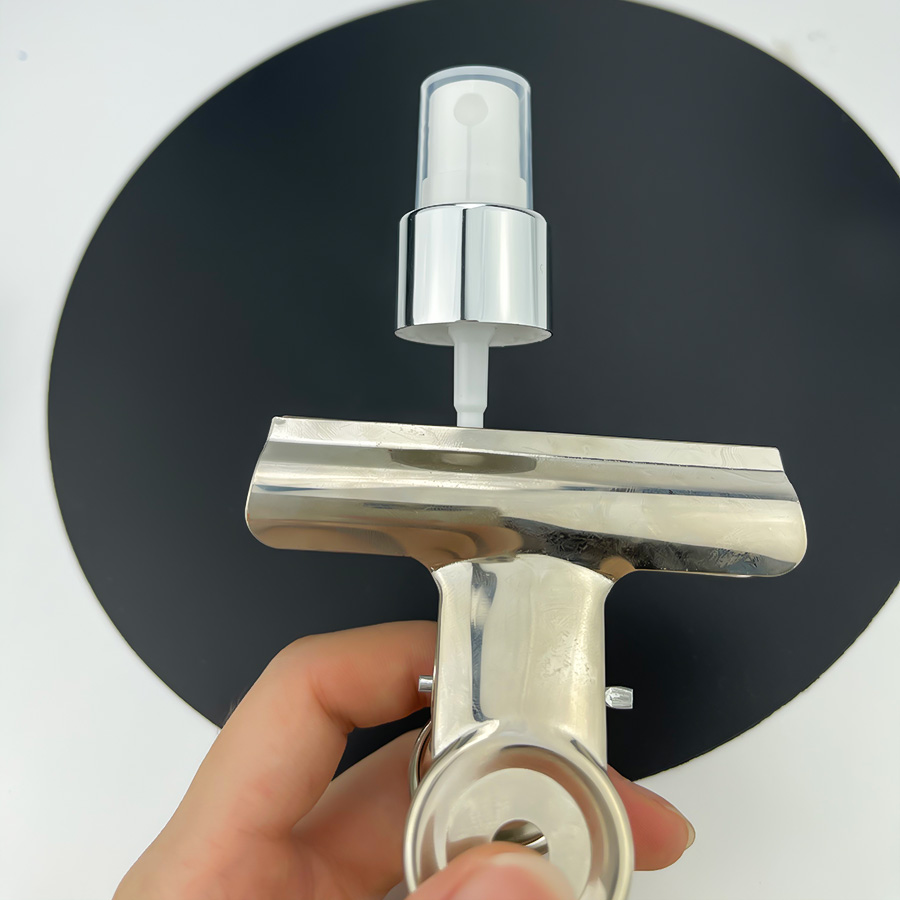The correct selection of nozzles is essential for achieving accurate application performance. Nozzle characteristics affect spray droplet size and drift potential. Smaller nozzles produce larger droplets and are less susceptible to drift. Larger nozzles deliver more chemicals in a given area at the same pressure.
Nozzle selection should be based on the pesticide being applied and the desired plant coverage or pattern of application (broadcast, banding, or directed). The type of nozzle selected should also consider air stability since wind movement can cause drift of small spray droplets under certain conditions.
Physical drift: In addition to wind, the distribution of sprayed droplets is affected by temperature inversion, a condition where ground air becomes 2 to 5 F cooler than that in the atmosphere above. The cool air is more dense, and little vertical air movement occurs, even with a breeze.
The spray pattern of a flood nozzle may be sprayed straight down or straight back, but studies indicate that the spray discharge pattern will be most uniform when the nozzle is mounted so it sprays directly over the target area. Directing the nozzle at any angle between these two positions will produce the least drift potential but will result in an irregular spray pattern.


 English
English 中文简体
中文简体
 EN
EN 












 Fine Mist Sprayer
Fine Mist Sprayer